It’s that time of year again—the primroses you put out on your front porch in February are beginning to fade, but it’s still too early to get planting your summer annuals. In this “in-between” season, now is your best opportunity to enrich the soil of your flowerbeds, fertilize shrubs, and add compost to your vegetable garden for the season ahead. If you’re wondering what’s best for you, here are some easy tips.
First off, flowerbeds. Whether the beds around your house are home to a few simple shrubs, a cottage-style garden packed with perennials or some other mix you call your own, your plants will only perform their best with proper nutrition. As plants wake up from dormancy and begin to grow again, take time to feed them with a balanced slow-release fertilizer like Classicote. Produced by the same folks who make Jack’s Classic water-soluble fertilizer, Classicote is a superior alternative to Osmocote and is great for feeding many of the shrubs and perennials in your yard.
If you prefer a more natural fertilizer option for your plants, consider applying a layer of compost throughout your beds to serve as both nutritional supplement and moisture control. At Vander Giessen’s, we’ve been very pleased with the results Green Earth compost delivers especially to high-feeding plants like roses. Produced locally of yard debris and kitchen waste, this compost blend will beautify your flowerbeds with its nearly-black appearance; additionally, it holds moisture well, reducing the need to water during dry spells.
Regardless of your need to feed the plants in your flowerbeds, adding some sort of mulch will help control weeds and keep moisture in the soil. If your beds are currently bare dirt or it’s been several years since you’ve added anything, spread a three-inch layer of mulch. Fine and medium bark differ only in their appearance and both do well in suppressing weed growth. When planning for the amount of bark you’ll need, expect to spread one cubic yard of mulch over 100 square feet at a three-inch depth. Likewise, if you just need to freshen up your flowerbeds, one yard will cover 300 square feet at one inch deep.
At Vander Giessen’s, we offer fine and medium bark as well as Green Earth compost, all available either for pick-up at our store or delivery in Whatcom County. For beautification and ease of maintenance, bark or compost is an excellent way to add the finishing touch to your beds.
For growing vegetables or herbs, the best compost you can add to your garden is what we call mushroom compost. Made of aged chicken manure that’s been used in mushroom farming, this compost has enough nitrogen to satiate the needs of fast-growing vegetables and provide a harvest far more abundant than any other compost can. Because of its nitrogen content, however, you should avoid using it in the rest of your flowerbeds—unless you’re familiar with how to use it properly you can easily burn or kill tender perennials and shrubs.
Blending mushroom compost into your garden this month will not only prepare your soil for planting (which, I’ll explain in a moment, you can start anytime), it will also loosen clay soil and help sandy soils retain moisture more effectively. At Vander Giessen’s, we can help you determine how much mushroom compost your garden needs for the year ahead.
Finally, if you’re eager for planting, it is safe to get started with planting some of your vegetables, herbs and even flowers. Cool-weather crops like lettuce, spinach, broccoli, cabbage and several others can be planted now. At Vander Giessen’s, we’ve gotten our first veggie starts in and can also recommend vegetables you can grow from seed at this time. Herbs like cilantro and basil should be saved for warmer weather but many others are safe to put out already.
In the realm of annuals, a relative newcomer to the gardening scene called ‘Senetti’ is a great option for
 |
| ‘Senetti’ add great color for spring |
early-season color. While other flowers are too tender to go out yet, ‘Senetti’ can handle cool days and cooler nights. With its rich blue or magenta daisy-like flowers, it will add great color to your garden through mid-spring and again in early summer. So if you’re struggling to wait any longer to plant, check out ‘Senetti’ at Vander Giessen’s today.
April is a month of transition, and as you’re gearing up for a summer full of color and fresh eating, take some time to amend your garden beds with the compost, bark and fertilizer they need for successful growing. With fewer weeds to deal with around the house and more fresh produce from your garden than you’ll know what to do with, you’ll thank yourself for the effort this summer!



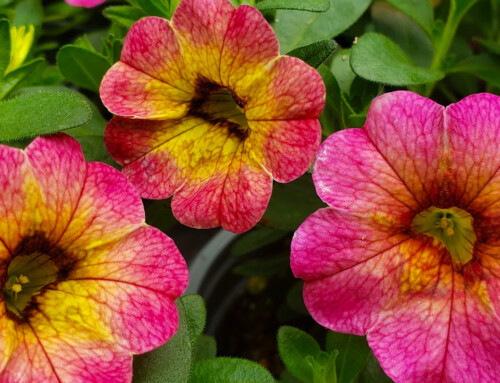
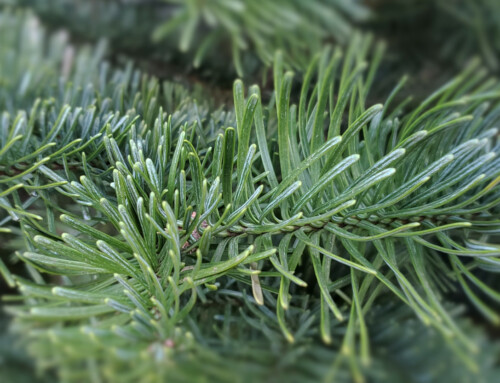
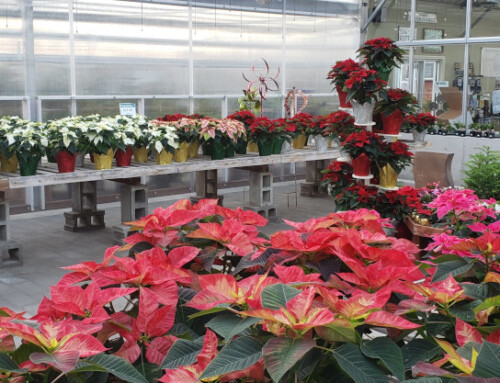
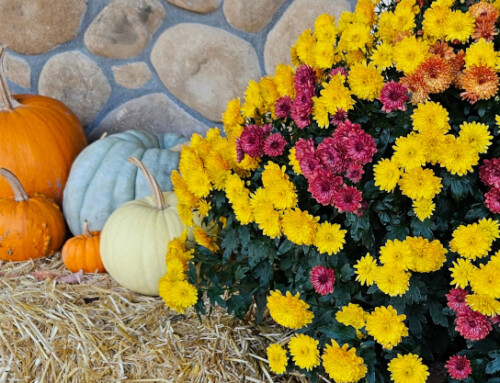
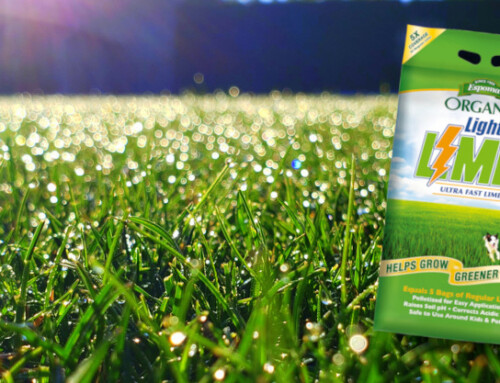
Leave A Comment